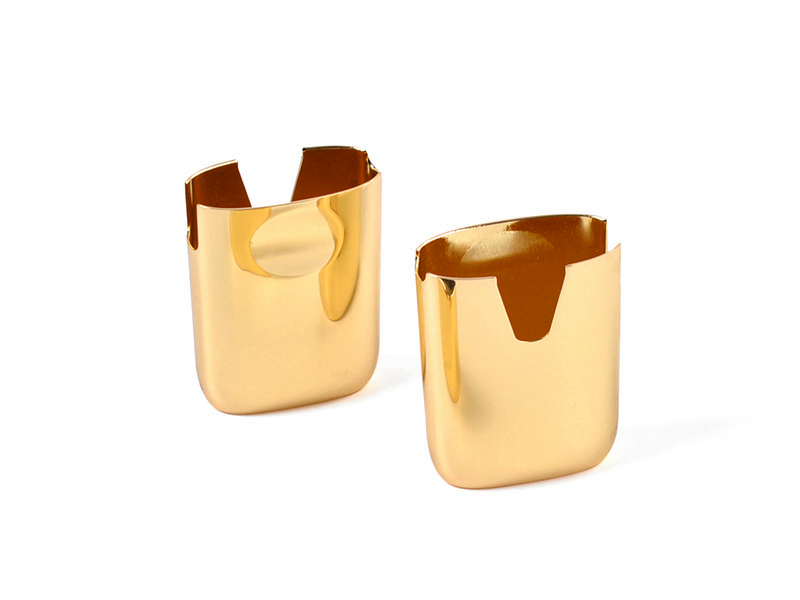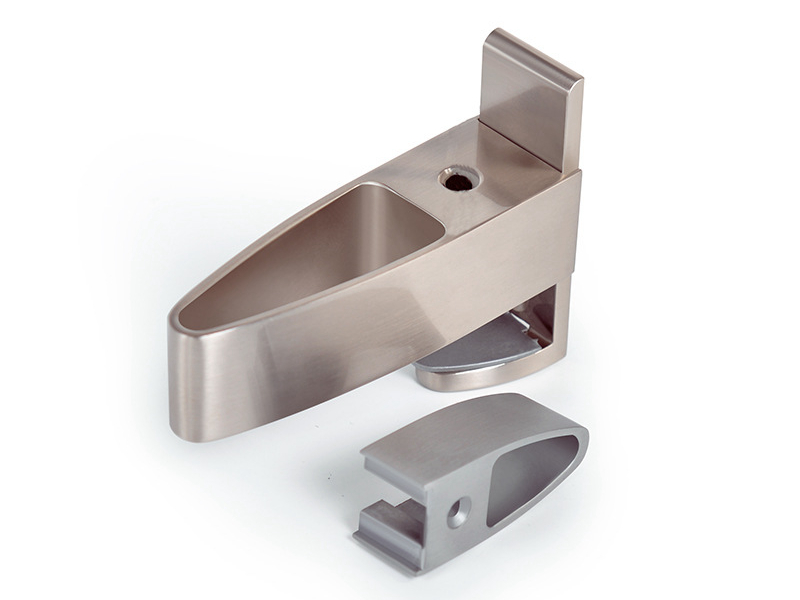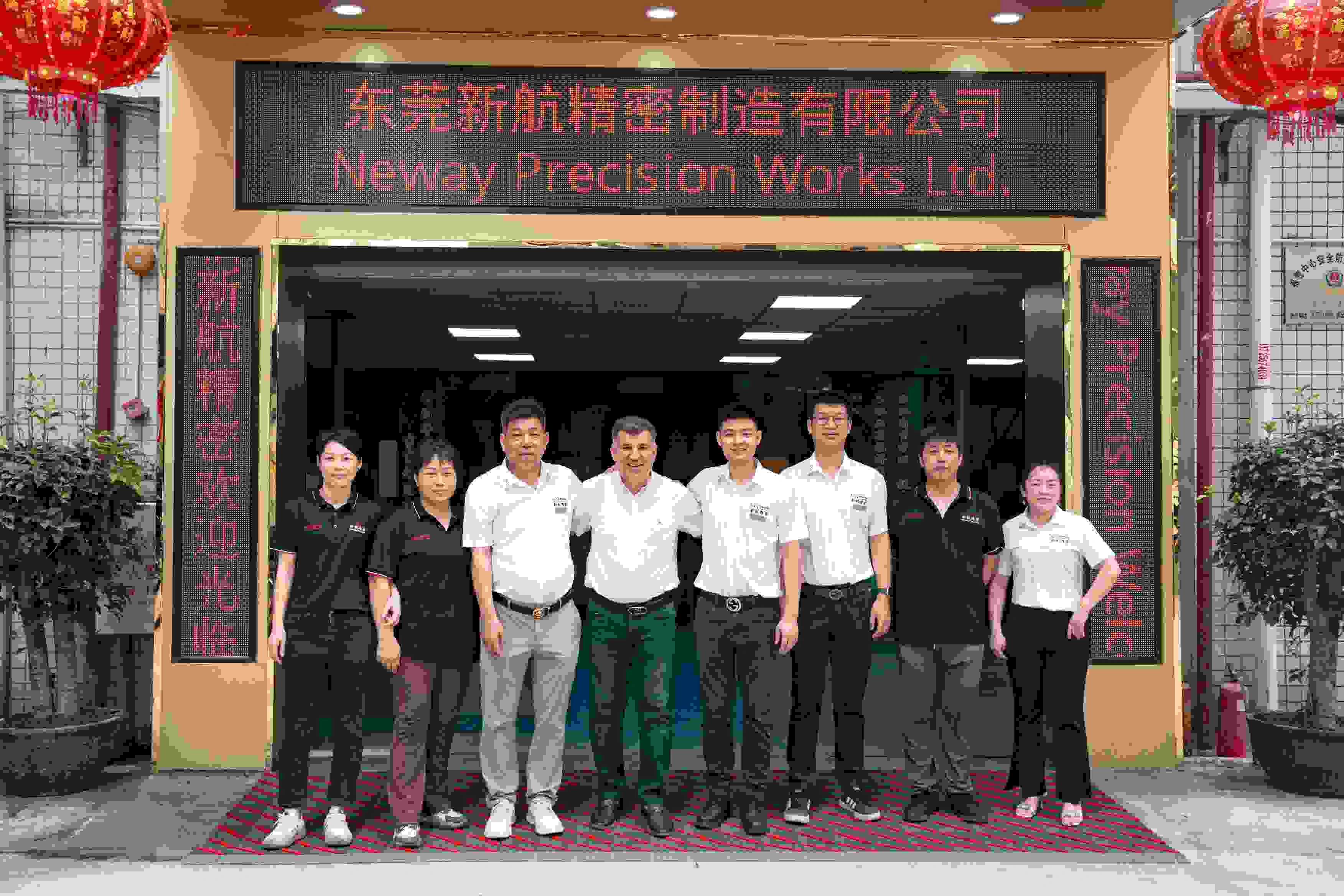What is the lead time for tooling and prototyping lock components?
What Is the Lead Time for Tooling and Prototyping Lock Components?
Overview of Lock Component Development
Locking mechanisms—such as latch bodies, actuator cores, cams, and locking housings—require precise geometries, tight tolerances, and high mechanical durability. These components are often manufactured using zinc die casting with alloys like Zamak 2 for strength and wear resistance. Tooling and prototyping lead time is a key factor in accelerating development cycles for automotive, industrial, and consumer security systems.
Typical Lead Time for Lock Component Tooling
Neway’s standard lead time for full-production lock component tooling includes:
Simple single-cavity tooling: 20–25 working days
Multi-cavity, slide-core, or insert tooling: 30–40 working days
High-precision locking parts with moving features: 35–45 working days, including mold flow analysis and thermal simulation
This timeline covers:
CAD review and DFM optimization: 2–3 days
3D mold design and approval: 3–4 days
Mold base and cavity steel machining: 10–15 days
Tool fitting, polishing, and assembly: 5–7 days
T1 sample trials and adjustments: 3–5 days
Prototyping Lead Time for Lock Parts
For fast functional testing and early-stage validation, Neway offers:
CNC machined prototypes: 5–7 working days using aluminum or zinc billets
Silicone or urethane casting (non-functional models): 5–8 working days
Soft tool die cast prototypes: 10–15 working days for low-volume batches
Rapid prototyping is ideal for evaluating fit, assembly, or wear performance before investing in mass-production tooling.
Factors That Influence Lead Time
Complexity of locking geometry and internal features
Parting line design and number of moving inserts
Tolerance requirements and post-machining needs
Surface finish or plating readiness
Mold size and cavity configuration
Neway uses mold flow simulation, gating optimization, and thermal analysis to shorten debugging and ensure reliable production startup.
Neway’s Tooling and Prototyping Capabilities for Locking Mechanisms
Neway supports complete lock component development with:
In-house tool and die making for precision core and cavity systems
High-strength zinc die casting using Zamak 2 for structural locking parts
Full-service CNC machining for tolerance zones and threaded interfaces
Low-volume prototyping with short delivery cycles



